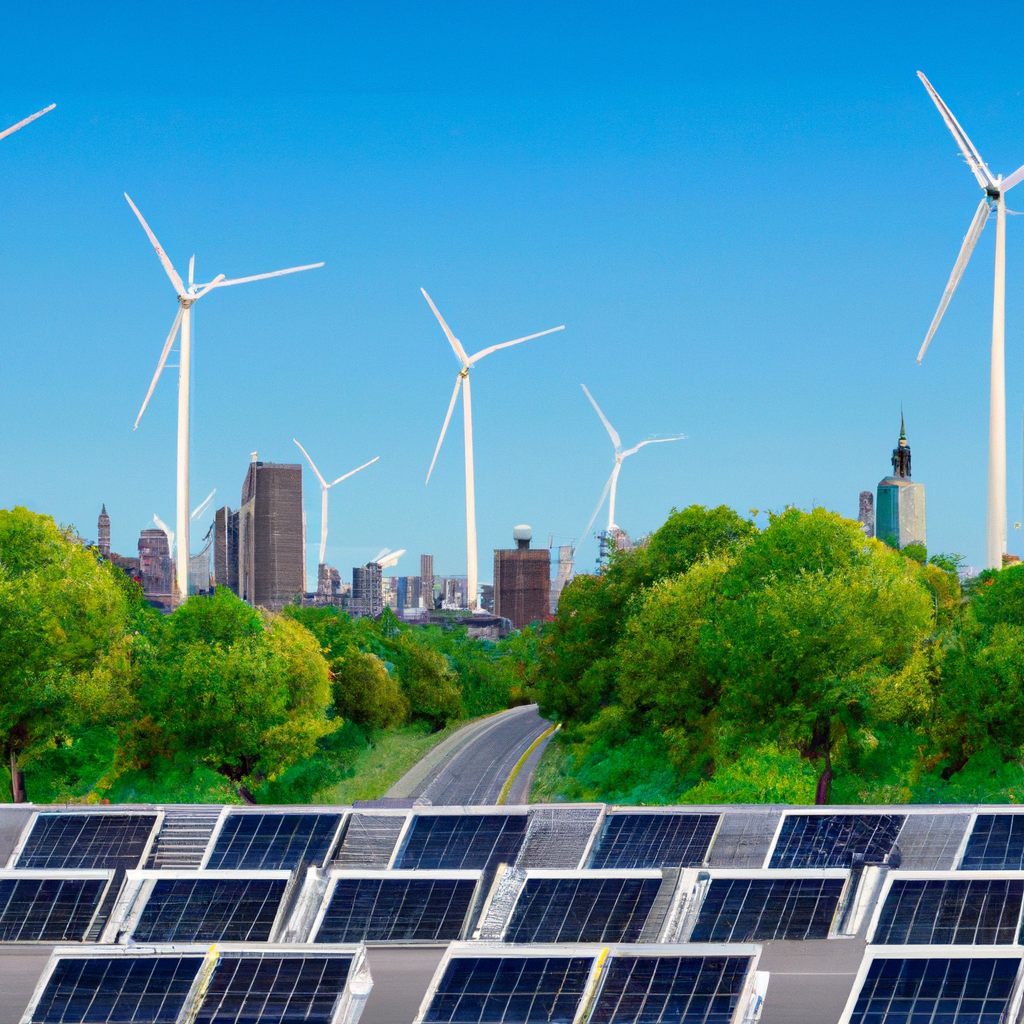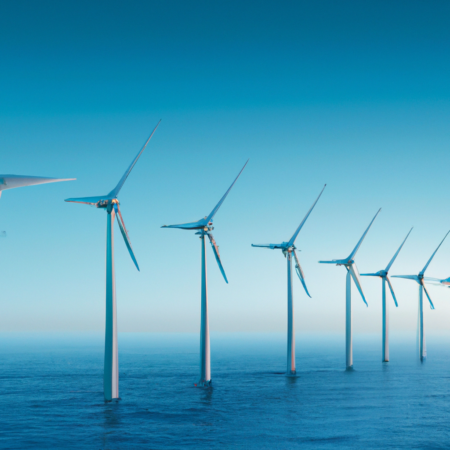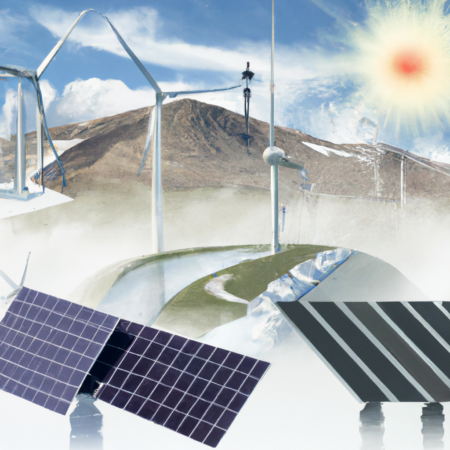Navigating the New Normal: Renewable Energy’s Rise in 2025
As we advance into the second quarter of 2025, the landscape of energy production and consumption is undergoing a transformative shift. The global emphasis on sustainability and reducing carbon footprints has catapulted renewable energy sources to the forefront of economic and environmental discussions.
The Surge in Solar and Wind Power
Significant advancements in solar and wind technology have made these resources more viable and cost-effective. Governments and corporations worldwide are accelerating their investments in these technologies, driven by the dual incentives of economic benefits and regulatory mandates.
Electric Vehicles and Energy Demand
The surge in electric vehicle (EV) adoption is reshaping energy demand patterns. With EVs set to dominate the roads by 2030, energy strategies are increasingly focusing on integrating automotive demands with national grids, facilitated by innovative battery storage solutions.
Policy and Economic Impacts
Policy frameworks are evolving to support the renewable energy sector, with subsidies for solar and wind projects and penalties for high-carbon emitters. This regulatory environment is fostering a competitive market for renewables, pushing technological boundaries and decreasing dependency on fossil fuels.
The Role of AI and IoT in Energy Management
Artificial Intelligence (AI) and the Internet of Things (IoT) are becoming integral in managing energy systems. These technologies enable more precise forecasting and real-time adjustments in energy production and distribution, optimizing efficiency and reducing waste.
Conclusion
As 2025 continues to unfold, the momentum behind renewable energy is not just a trend but a crucial pivot towards sustainable development. The integration of advanced technologies and supportive policies is paving the way for a cleaner, more resilient energy future.






